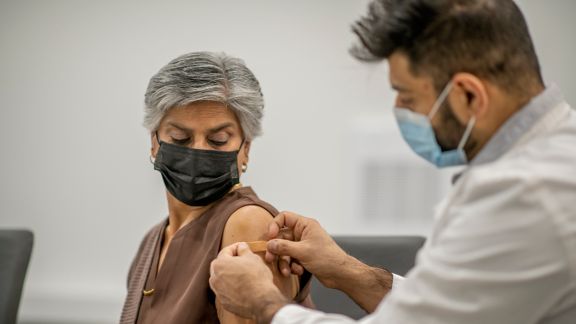Countermeasures to Reduce Drowsy Driving

Problem
Drowsy driving contributes to motor vehicle crashes, injuries, and deaths.
Drowsy driving occurs when a person operates a motor vehicle while too fatigued or drowsy to remain alert. Various strategies, called countermeasures, have been developed, tested, and implemented to reduce drowsy driving. Further research is needed to understand these countermeasures, their effectiveness, and their implementation.
Solution
NORC identified different types of countermeasures to address drowsy driving.
On behalf of the AAA Foundation for Traffic Safety, researchers from NORC and the National Advanced Driving Simulator at the University of Iowa performed a literature review and environmental scan, convened a panel of subject matter experts, and interviewed several additional experts to document the current state of knowledge regarding drowsy driving countermeasures and their effectiveness.
We identified 207 countermeasure evaluations related to drowsy driving. A technical report summarizes the findings of the literature review as well as findings from a technical expert panel meeting and interviews with researchers and practitioners.
Result
The results of this study highlight the complexity of reducing drowsy driving and suggest six conclusions:
- Obtaining sufficient sleep, napping, and consuming caffeine reduce the risk of drowsy driving.
- Advanced driver assistance systems are effective in preventing crashes in general, though more research is needed on their effectiveness in reducing drowsy driving-related crashes specifically.
- Rumble strips are effective in preventing crashes, though more research is needed on their effectiveness in reducing drowsy driving-related crashes specifically.
- Education is important, but insufficient to reduce drowsy driving by itself and must be combined with other countermeasures.
- Treatments are available for sleep disorders, though more research is needed on the effects of treatments on drowsy driving.
- Countermeasures require further research to understand their effectiveness in preventing or mitigating drowsy driving.
NORC presented the findings from this study at the 2023 Transportation Research Board Annual Meeting.
Related Tags
Project Leads
-
Alycia Bayne
Associate DirectorProject Director -
Alexa Siegfried
Senior Research ScientistSenior Researcher -
Neha Trivedi
Senior Research ScientistSenior Researcher









